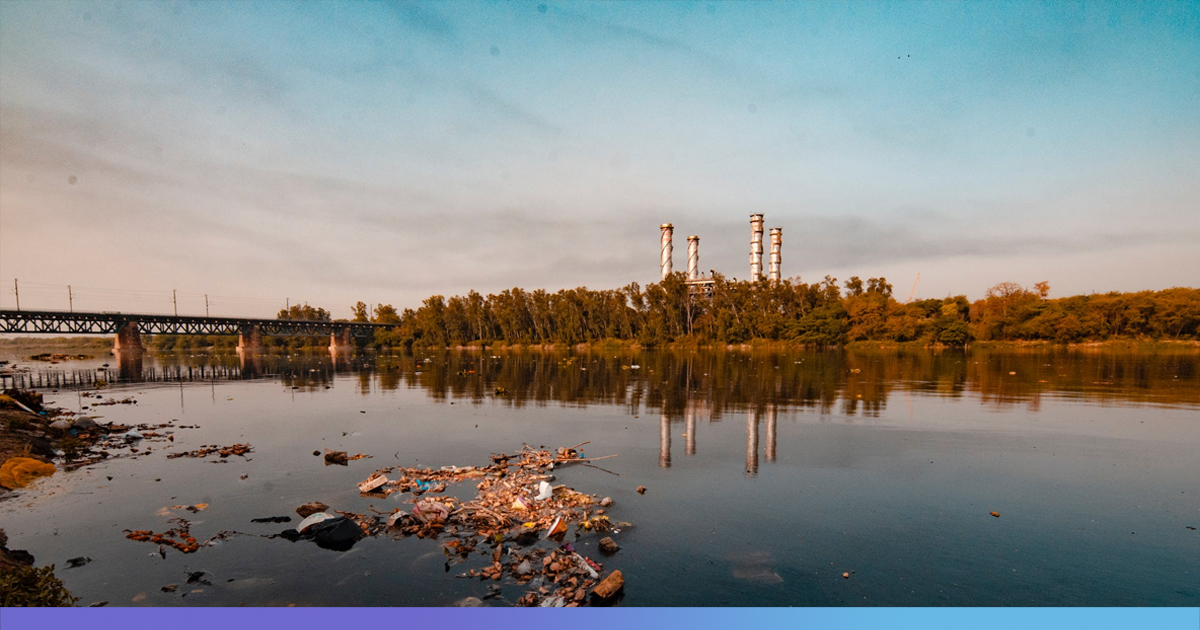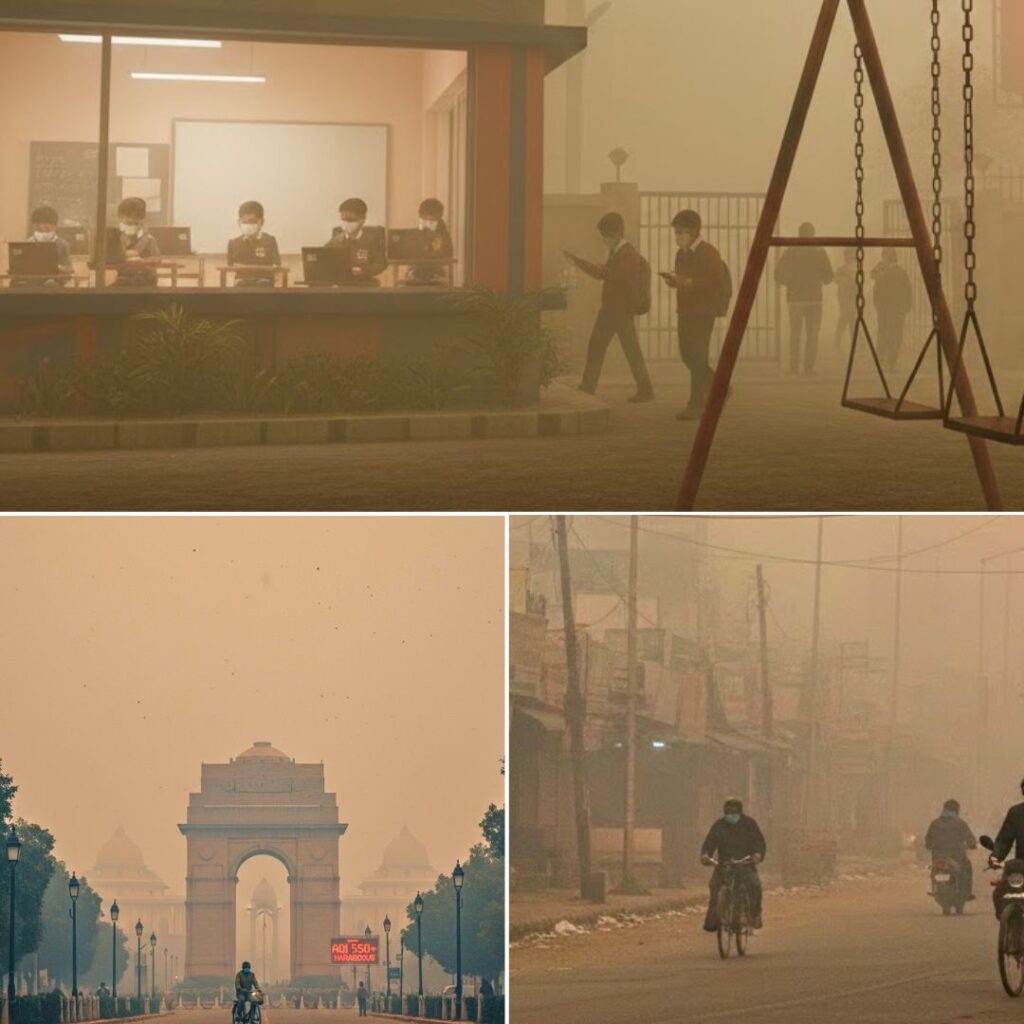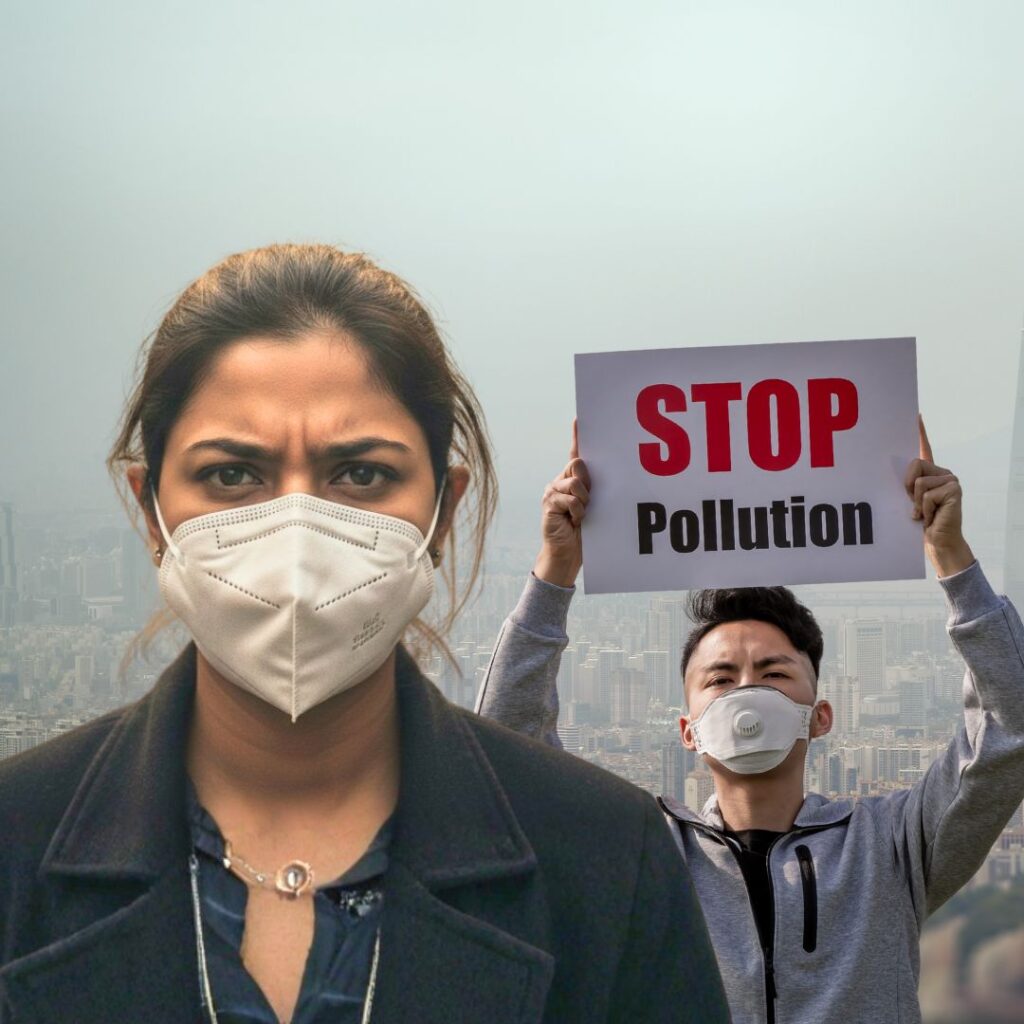- India is gradually becoming a water scarce country as water resources like ponds, lakes and rivers are on a decline.
- In accordance with an order of the National Green Tribunal, the Central Pollution Control Board of India has now come out with guidelines to address the dwindling health of such water bodies.
- The measures suggested by pollution watchdog to improve the health of these water bodies include steps like levying a fine for those found dumping waste into water bodies and creation of a green belt around the water resources.
Expressing concern at the neglect of community water resources that are increasingly polluted, India’s top pollution watchdog, the Central Pollution Control Board (CPCB), has now come out with a set of guidelines suggesting a fine for improper disposing of sewage, industrial effluent or any other waste into water bodies like lakes or ponds.
The guidelines also suggest a buffer zone around lakes or ponds – of at least 50 to 100 metres periphery- which should be maintained as a green belt and no activity zone. In cases where there is already activity in these areas, necessary measures should be taken to prevent discharge of any waste into the water body.
The CPCB guidelines stressed that within the buffer zone, “no impervious cover is allowed and mainly plantation with a dense population of deeply rooted plants, trees, shrubs and grasses should be created so as to absorb nutrients (which promotes aquatic plant growth and a shift in the water quality) that comes directly from anthropogenic activities.”
It also noted that in case a water body happens to be a site for migratory birds, the trees by the side of the water body and water channels should be monitored to ensure adequate shelter and suitable environment for egg laying and propagation of bird species.
The guidelines said that dissemination of information about water quality should be displayed at their main entrance of the water body and stated that ponds or lakes can be converted into recreational centers with boating activities, walkways and benches for visitors on a charge basis so as to generate revenue for operation and maintenance of the lake or pond areas.
The ‘Indicative guidelines for restoration of water bodies (polluted lakes, ponds and rivers)’ prepared by the CPCB were complying with the National Green Tribunal (NGT) order of May 2019 where it asked the pollution watchdog to prepare guidelines for restoration of water bodies.
The green tribunal’s order was in a case related to water bodies of Haryana but the NGT felt that the “scope” of the cases needs to be “the entire country in the interest of protection of environment.”
The NGT bench, headed by its chairperson A.K. Goel, also directed all the states and union territories to review the existing framework of restoration all the water bodies by preparing an appropriate action plan.
“Such action plans may be prepared within three months and a report furnished to the CPCB. The CPCB may examine all such plans and furnish its comments to this Tribunal within two months thereafter,” said the NGT bench in its order on May 10, 2019.
India gradually progressing towards water scarcity
The guidelines noted that surface water bodies like lakes, ponds, reservoirs, tanks and rivers, were earlier nurtured, protected, conserved and managed by local communities But a shift in attitudes came about with the introduction of public water supply, groundwater development through tube wells and hand pumps, urbanisation and industrialisation.
“Both locals as well as the government have started neglecting this asset and have stopped caring, nurturing and conserving these community resources. Mushrooming urban, industrial and infrastructure development has further changed the status of these water bodies from community resources to a mere dumping ground or sink for solid wastes, construction debris, domestic sewage, industrial effluents, religious offering etc. resulting in severe degradation in the quality of such resources,” the guidelines observed.
The guidelines noted that India, previously a water abundant country, is now gradually progressing towards water scarcity due to increasing population pressure, urbanisation and uncontrolled growth.
As per the Union Ministry of Jal Shakti, the total number of water bodies have declined in the states due to factors such as increase in population, change in land use pattern, shift from paddy based agriculture to cash crop cultivation, depletion of groundwater, rapid and unplanned urbanisation and boom in construction activity.

Experts said the problem is not the policies, which are already in abundance, but the lack of implementation as that is critical.
“It would be significant enough if authorities can ensure the implementation of the existing norms. One has to now go beyond the realm of planning and focus onto the task of their implementation,” Manoj Misra, an Indian Forest Service officer turned environmentalist working for rejuvenation of Yamuna river, told Mongabay-India.
Last year, the central government’s policy think tank, NITI Aayog, warned that India is facing its worst water crisis in history and that demand for potable water will outstrip supply by 2030 if remedial steps are not taken. It had said nearly 600 million people faced high to extreme water stress and predicted that 21 Indian cities, including Delhi, Bengaluru, Chennai and Hyderabad will run out of groundwater by 2020, affecting 100 million people.
Water is a significant agenda for Prime Minister Narendra Modi-led National Democratic Alliance (NDA) government, and during the campaign for the 2019 parliamentary election Modi had promised to focus on access to safe drinking water. Following the elections, the Ministry of ‘Jal Shakti’ (Water Power), a poll promise, was created to address all water-related issues under one ministry, with Gajendra Singh Shekhawat as the minister.
Guidelines suggest a five-phase strategy
To arrest the decline of the water resources, the CPCB has suggested a five-phase strategy for their long term management: recognition, restoration, protection, improvement and sustenance.
As per the guidelines, this strategy is important to make water bodies pollution-free, to preserve excess water run off during monsoon, to restore and augment storage capacities of water bodies, to serve and enhance groundwater recharge and increase the availability of water for different intended purposes.
In the recognition phase, the guidelines called for creating an inventory of existing and lost water bodies (due to factors such as encroachment, pollution and diversion) which includes other details like information related to biodiversity supported by them.
While the restoration phase discussed the necessity of declaring the “designated best use in order to formulate strategies and to decide the degree of treatment required for restoration” of such water bodies and applying the best solutions.
The subsequent phase was related to the protection which dealt with the general health of the water body and ensuring its normal functioning. For this, it called for several measures including management of sewage by having an adequate capacity of sewage treatment plants (STPs), industrial effluents and other kinds of waste. It also suggested desiltation stating that periodic removal of nutrient-enriched accumulated sludges in ponds and lakes helps in groundwater recharge potential, removal of contaminated sediments as well as increases storage capacity of lakes or ponds.

The CPCB also suggested a prohibition on discharges or disposal of waste or washing activity and action against violators. It sought a “ban on discharge of industrial effluent or sewage or waste (such as municipal solid waste or industrial hazardous waste or plastic waste or construction and demolition waste or sludges from septic tanks) into lakes or ponds or drainage channels connected with ponds or lakes or open defecation in the vicinity as well as washing of clothes or wading of cattle.”
The last two phases, improvement and sustenance, emphasised on overall improvement in the water bodies and its uses including “resolution of conflicts among competing users of lake resources taking into account the needs of present and future generations and of nature.”
The guidelines, which were recently unveiled on the Central Pollution Control Board’s website, advocated that “good governance, based on fairness, transparency and empowerment of all stakeholders, is essential to sustain the restoration efforts.”












